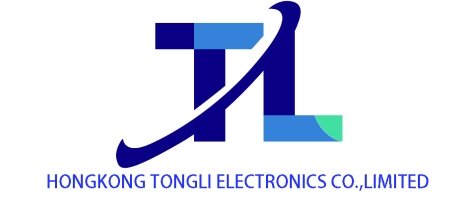DDR4 Memory Price Fluctuations Reshape Market Landscape
Recently, the DDR4 memory market has been in a state of flux. Due to supply shortages, its prices have been steadily rising over the past few months. Earlier this year, top DRAM manufacturers such as Micron, Samsung, and SK Hynix announced that they would halt DDR4 memory production by the end of 2025. As a result, DDR4 chip prices have tripled in just two months. According to ComputerBase, the price of an 8GB DDR4 – 3200 chip has increased from 1.75 at the end of April to over 5, and the average price of a dual – pack version of this DDR4 memory module has risen from 3.57 to 8.80, representing an increase of more than 100%.
In the face of rising prices, some small enterprises have seized the business opportunity and decided to expand DDR4 production. For example, Nanya Technology, a Taiwanese memory manufacturer with a rich DDR4 product portfolio, has benefited from these price hikes. However, large manufacturers like Micron, which are redirecting idle production lines to existing and upcoming technologies such as DDR5 and HBM, are unlikely to follow suit.
The market response is complex. While prices of some DDR4 memory modules have declined slightly due to various factors, overall prices remain high. Buyers hoarding chips in anticipation of discontinuation further intensifies market tightness. It is predicted that once small manufacturers resume production, prices are expected to normalize, but returning to previous low levels may take time.
The DDR5 standard was officially introduced by JEDEC in 2020, meaning the technology has been around for about five years. Intel’s latest CPUs support both DDR4 and DDR5, whereas AMD’s Zen 4 and later processors support only DDR5. Moreover, the rapid development of artificial intelligence has significantly boosted the demand for HBM chips, turning it into a highly profitable market and prompting major manufacturers to shift their old DDR4 production lines to HBM production. Although DDR4 is gradually being phased out, given the large number of legacy technologies still in use, it won’t completely disappear in the short term. These changes will undoubtedly continue to reshape the memory market landscape.
